The future of decking with Feadship
An interview with Martijn van Wijngaarden from Feadship’s Knowledge & Innovation team about its approach to the future of decking…
As part of News Editor Conor Feasey’s deep dive into the thorny topic of teak, he spoke with Feadship, Lürssen and Oceanco to explore their cutting-edge approaches to long-term sustainable teak alternatives.
Their responses are being published in three parts – here is the first; the second and third will follow in the coming days.
As regulation tightens and teak supply continues to narrow, builders are increasingly navigating the complex reality of owner expectation, material performance and environmental responsibility. We spoke with Martijn van Wijngaarden from Feadship’s Knowledge & Innovation team. Holding a Master of Science in Aerospace Engineering from TU Delft with a specialisation in structures and materials, he built his expertise in research and development, earning the JEC World Aerospace Innovation Award for a patented induction welding technology now used by GKN, Airbus, Boeing and Gulfstream. He joined Feadship’s Knowledge & Innovation department in 2016, where he leads innovation projects. We sat down with him to understand how one of the industry’s most influential shipyards is approaching the future of decking through sourcing, testing and long-term sustainability planning.
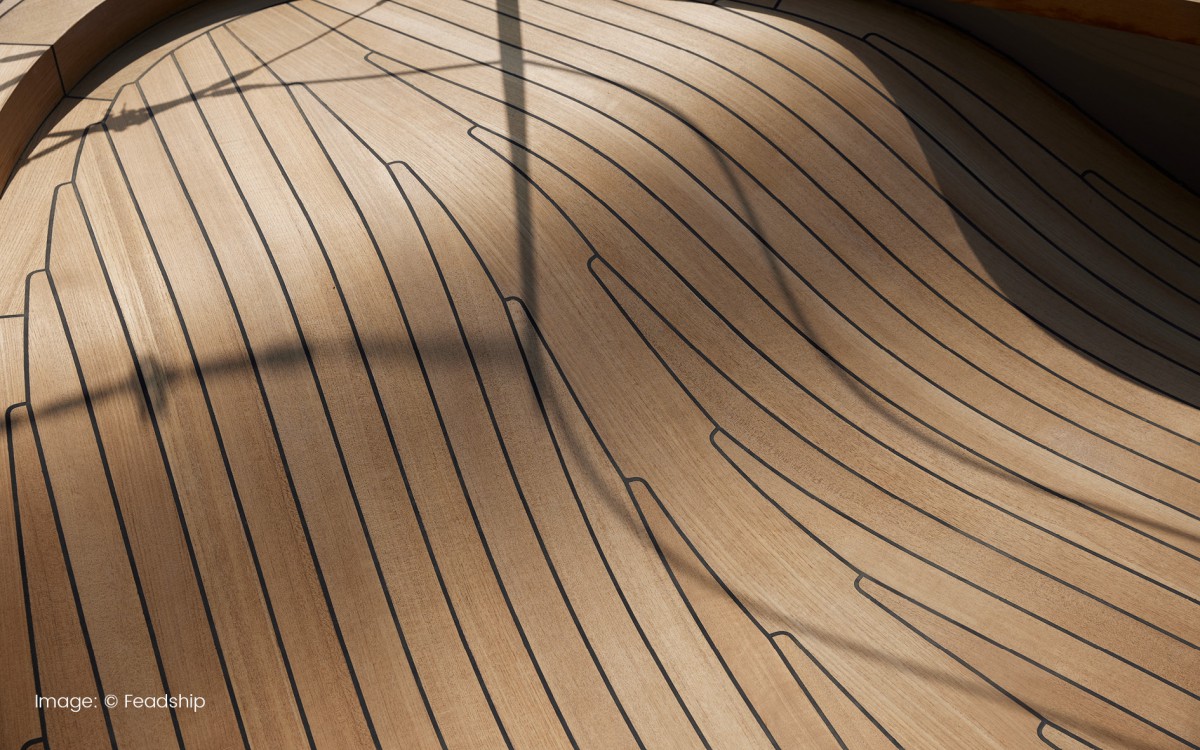
Exterior detail on board 84.2-metre Obsidian, built in 2023.
From your perspective, what is the biggest concern for shipyards and owners when it comes to decking options in 2025?
Good question and I think the answer depends on who you ask. Sales and design teams are often most concerned about clients asking for materials which are near impossible to source. A carpenter’s biggest concern is making a mistake on a priceless and irreplaceable piece of wood. For all personnel involved, it has become challenging to deliver a quality deck which meets the client’s requirements.
So how are you currently approaching the teak conversation from a sustainability and sourcing perspective?
What Feadship can offer will have to be compliant with the new Regulation on Deforestation-free Products (EUDR) regulation. In simple terms, this means that any wood used will have to be free of deforestation impact, with documents to prove it. Regardless of how you approach a teak conversation, the rules are clear. It’s usually a demand versus what can be sourced discussion, since differences in sustainability can be marginal.
Are you seeing shifts in client expectations particularly around alternative materials, origin or reduced teak usage?
Teak was the default choice for many years and that heritage is still there. Clients have a ‘carte blanche’ to create their view of the perfect yacht and that is also influenced by yachts they have seen or experienced. Based on those wishes, we look for options to create that vision, which is limited by legal and availability constraints. We also calculate the impact of all selected materials used on the yacht, but generally, clients are not restricted in their wishes in relation to materials usage or origin.
What is Feadship’s current stance on plantation-grown teak and other sourcing models?
Plantation-grown teak and other sources also need to comply with the EUDR. We are testing teak from a number of plantations and FSC compliant natural forests, and most perform very well.
Are you actively exploring synthetic, composite or cork alternatives and how are these being received internally or by clients? Is it a chicken-and-egg situation or do we need to be firmer in more ‘sustainable options’ being provided?
Feadship does not intend to create its own decking materials as we actively test all viable alternatives which indeed includes synthetic, composite, cork as well as ceramic alternatives. What may be counter intuitive is that if you calculate the footprint per year of the lifespan of all the alternatives for decking materials the differences are actually very small.
A genuine concern is that a European deforestation regulation will not stop deforestation outside of the EU, or it will be offered elsewhere. We cannot control this, but we can control our own actions and discussions with clients.
Synthetic materials have a higher impact but are applied in smaller quantities and have a longer lifespan than wood. Wood is a natural material but is bonded on a synthetic filler and caulked at all the seams. Neither of these materials can be recycled at the end of life. Cork is currently the only material which can be downcycled into other products, but it has other disadvantages. In the end, it matters most that the owner and crew take pride in the deck they have and take good care of it, thereby prolonging the lifespan.
Do you anticipate teak availability or regulation becoming a challenge to future builds?
We do not anticipate this; it has already been the case for several years, not just for future builds. There is a fleet of sailing yachts which in the past received much thicker teak decking than has been applied in more recent years. All of these teak decks are losing about 1mm thickness per year and both the older and more recent yachts will have teak decks at the end of life in the very near future. All the EUDR-compliant plantations and forests cannot provide material for all those refits and new builds.
Feadship plays a vital role in setting a benchmark for innovation. But what role do you think shipyards play in shaping industry-wide progress on responsible decking solutions?
Realistically, a genuine concern is that a European deforestation regulation will not stop deforestation outside of the EU or it being offered elsewhere. We cannot control this, but we can control our own actions and discussions with clients. The role we see for ourselves is to test different options and prevent our clients from selecting materials that may look good on a sample but will fail within one to two years of operation. I do not know if we are a benchmark for innovation in that sense. We do show alternatives in all our recent concept designs, but it is up to clients to decide.
We expect to see and produce more diverse decks in the years to come. When clients see other options in practice, this will also increase the chances for more different designs and materials.
This article first appeared in The Superyacht Report – Owners Focus. With our open-source policy, it is available to all by following this link, so read and download the latest issue and any of our previous issues in our library.
Profile links
NEW: Sign up for SuperyachtNewsweek!
Get the latest weekly news, in-depth reports, intelligence, and strategic insights, delivered directly from The Superyacht Group's editors and market analysts.
Stay at the forefront of the superyacht industry with SuperyachtNewsweek
Click here to become part of The Superyacht Group community, and join us in our mission to make this industry accessible to all, and prosperous for the long-term. We are offering access to the superyacht industry’s most comprehensive and longstanding archive of business-critical information, as well as a comprehensive, real-time superyacht fleet database, for just £10 per month, because we are One Industry with One Mission. Sign up here.
Related news

Pressure to adopt biofuels mounts as regulation bites
Lloyd’s Register’s latest Fuel for Thought report positions HVO as the most practical near-term alternative to conventional marine fuels
Crew
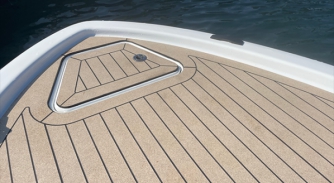
Cork – the natural choice
Cork has long been recognised for its durability and versatility in marine applications, but not always in yachting. Udo Kleinitz, business development at
Fleet
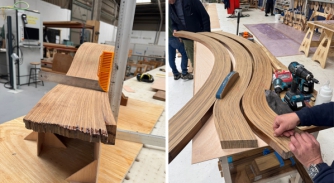
Build it and they will come
An interview with Richard Strauss, CEO of Teakdecking Systems, on ethical and sustainable teak alternatives that offer all the properties owners
Fleet
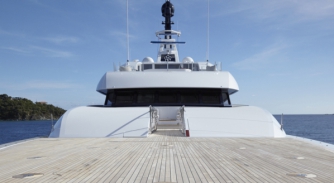
Deck to the future!
A deep dive into the drive to replace the endangered-teak supply chain with upcoming deck materials that are fast becoming the sustainable replacement options
Fleet
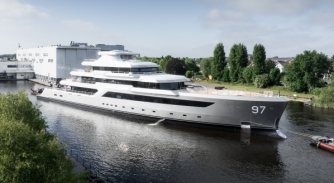
Success and succession
With a hydrogen breakthrough and a changing of the guard, could 2025 be Feadship’s most formative year yet?
Fleet
Related news
Cork – the natural choice
4 months ago
Build it and they will come
4 months ago
Deck to the future!
4 months ago
Success and succession
6 months ago
NEW: Sign up for
SuperyachtNewsweek!
Get the latest weekly news, in-depth reports, intelligence, and strategic insights, delivered directly from The Superyacht Group's editors and market analysts.
Stay at the forefront of the superyacht industry with SuperyachtNewsweek



